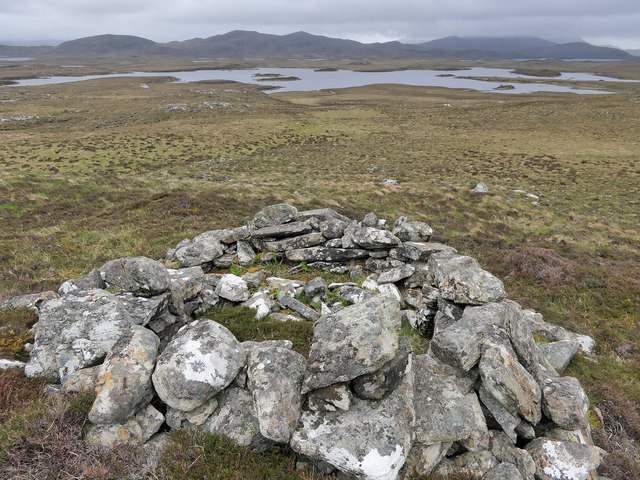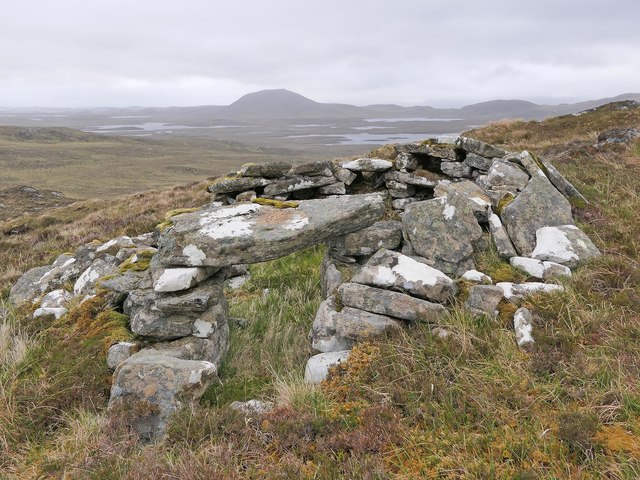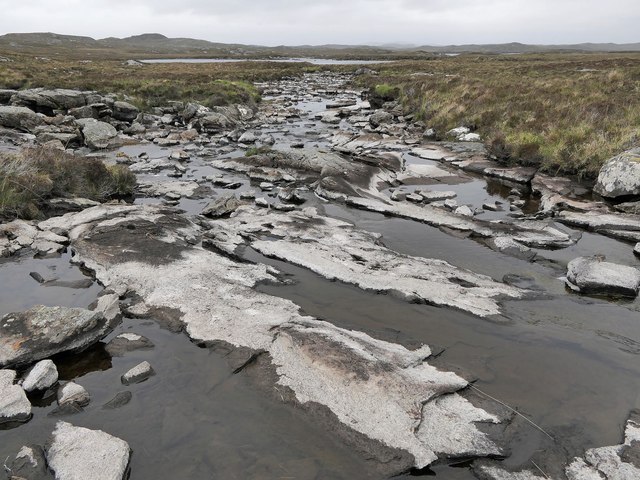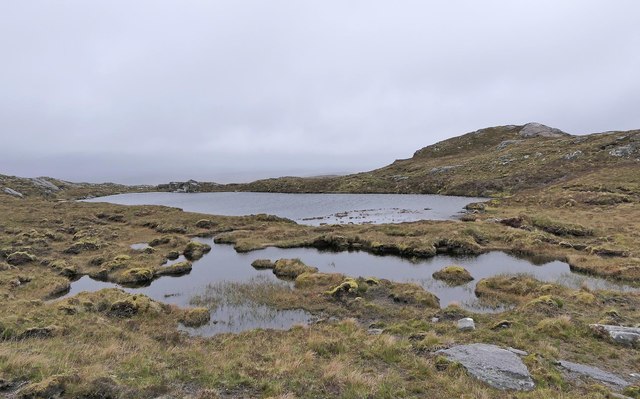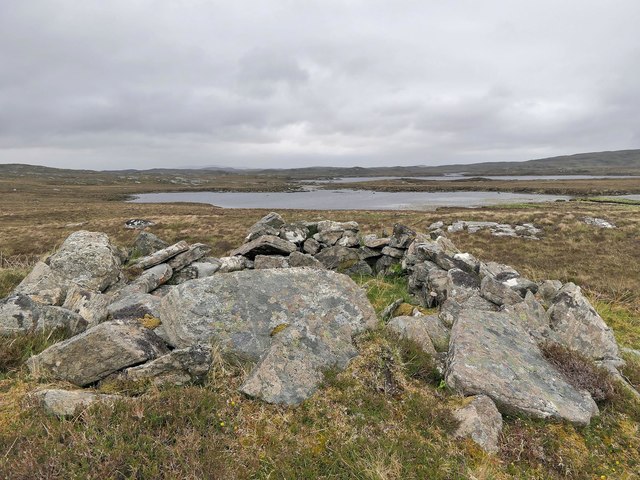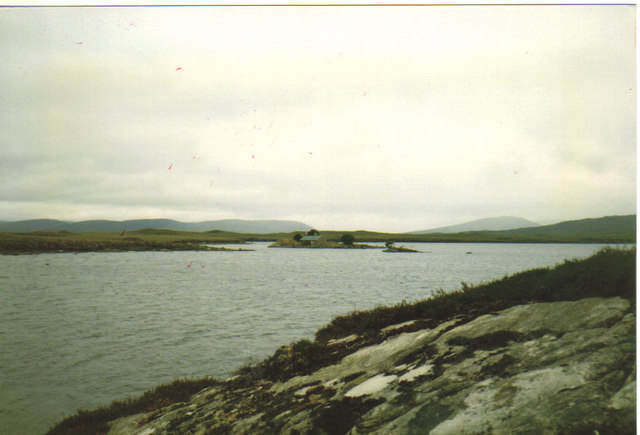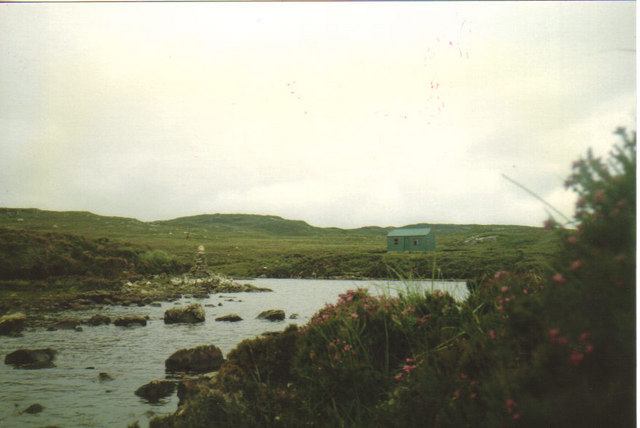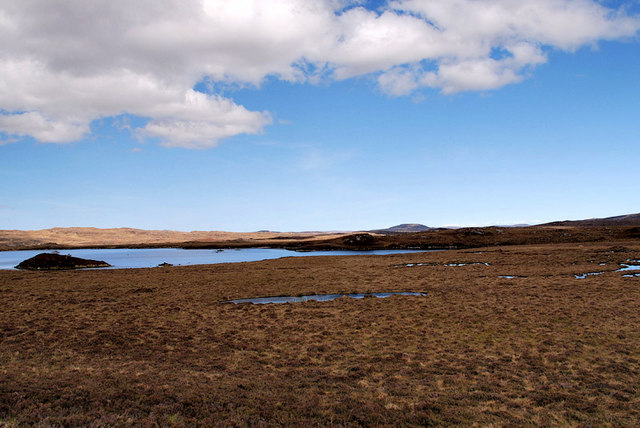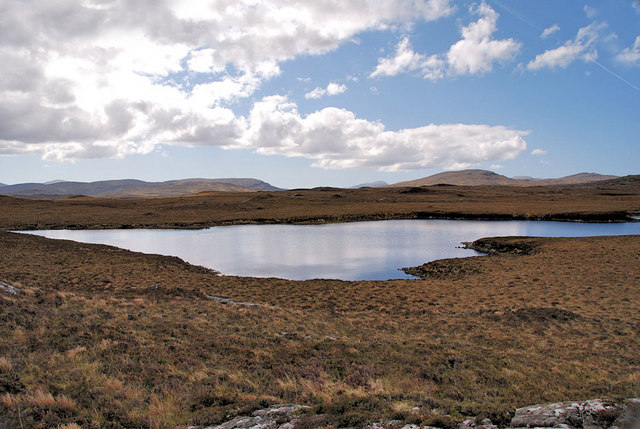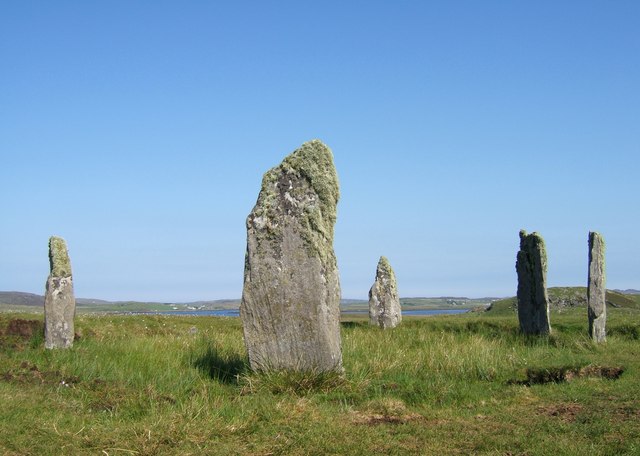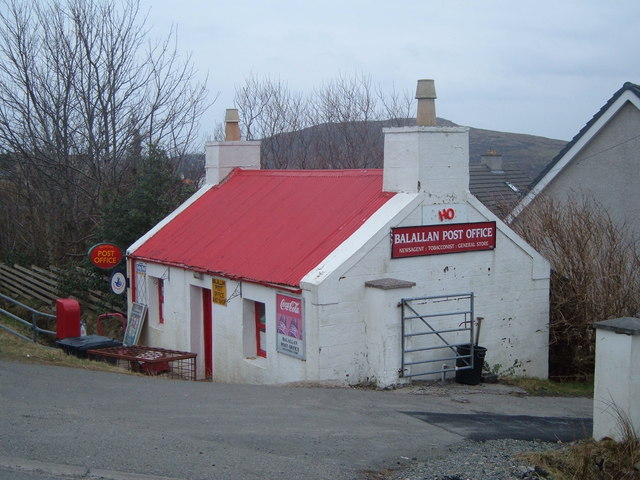Cnoc Corrach Cul na Beinne
Hill, Mountain in Ross-shire
Scotland
Cnoc Corrach Cul na Beinne
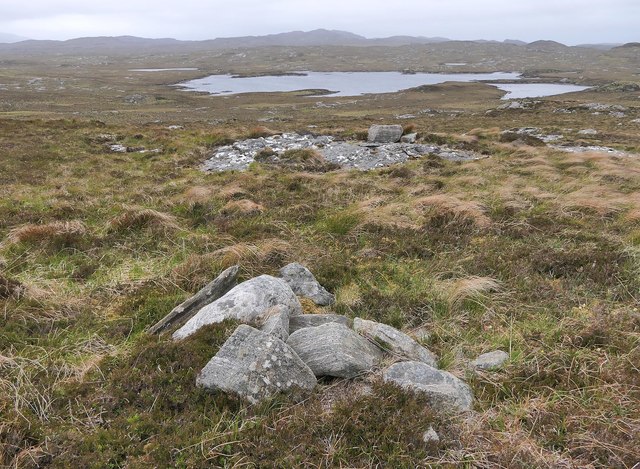
Cnoc Corrach Cul na Beinne is a prominent hill located in Ross-shire, in the Scottish Highlands. With an elevation of approximately 600 meters (1,969 feet), it is considered a notable mountain in the region. The hill is situated in a remote and picturesque area, offering stunning panoramic views of the surrounding landscape.
Cnoc Corrach Cul na Beinne is characterized by its rugged terrain, featuring rocky outcrops and slopes covered in heather and grass. The hill is part of an extensive mountain range, providing ample opportunities for outdoor enthusiasts to explore and enjoy activities such as hiking, mountaineering, and wildlife spotting.
The hill is accessible via various routes, with the most popular starting point being a small car park located at the foot of the mountain. From there, a well-marked path leads visitors up the slopes, gradually ascending to the summit. The hike to the top can be challenging, particularly in adverse weather conditions, but the rewarding views make it worthwhile.
At the summit of Cnoc Corrach Cul na Beinne, visitors are treated to breathtaking vistas of the surrounding Scottish Highlands. On clear days, it is possible to see other nearby mountains, lochs, and even the distant coastline. The hill is also home to a diverse range of flora and fauna, including heather, bilberry, red deer, and golden eagles, adding to its natural beauty and appeal.
Overall, Cnoc Corrach Cul na Beinne is a stunning hill/mountain in Ross-shire, offering both a physical challenge and an opportunity to experience the breathtaking Scottish Highlands scenery.
If you have any feedback on the listing, please let us know in the comments section below.
Cnoc Corrach Cul na Beinne Images
Images are sourced within 2km of 58.112633/-6.752045 or Grid Reference NB2023. Thanks to Geograph Open Source API. All images are credited.
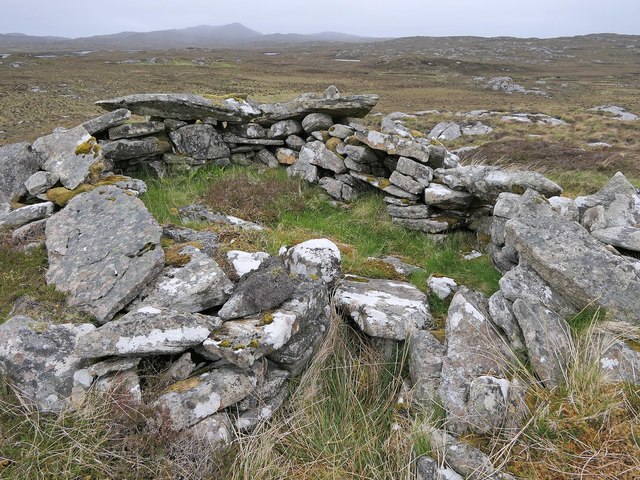
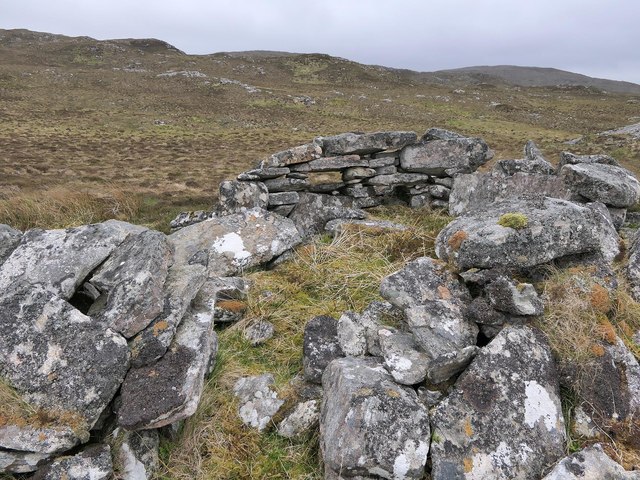
Cnoc Corrach Cul na Beinne is located at Grid Ref: NB2023 (Lat: 58.112633, Lng: -6.752045)
Unitary Authority: Na h-Eileanan an Iar
Police Authority: Highlands and Islands
What 3 Words
///technical.sweep.power. Near Leurbost, Na h-Eileanan Siar
Related Wikis
Eilean Mòr, Loch Langavat
Eilean Mòr is an island in Loch Langavat on the Isle of Lewis in the Outer Hebrides of Scotland. == Footnotes ==
Callanish IV
The Callanish IV stone circle (Scottish Gaelic: Ceann Hulavig) is one of many megalithic structures around the better-known (and larger) Calanais I on...
Airidh a' Bhruaich
Airidh a' Bhruaich (Arivruaich - anglicised) is a scattered crofting township in the South Lochs district of the Isle of Lewis in the Outer Hebrides of...
Gisla Hydro-Electric Scheme
Gisla Hydro-Electric Scheme was a small scheme promoted by the North of Scotland Hydro-Electric Board on the Isle of Lewis, Outer Hebrides, Scotland. It...
Balallan
Balallan (Scottish Gaelic: Baile Ailein, Bail' Ailein), meaning "Allan's Town", is a crofting township on the Isle of Lewis, in the Outer Hebrides, Scotland...
Garynahine
Garynahine (Scottish Gaelic: Gearraidh na h-aibhne) is a settlement on Lewis, in the Outer Hebrides, Scotland. Garynahine is situated at a T-junction where...
Garynahine Estate
Garynahine Estate (Scottish Gaelic: Gearraidh na h-aibhne) in Garynahine, a village on the Isle of Lewis, Outer Hebrides was owned by Sir James Matheson...
Callanish II
The Callanish II stone circle (Scottish Gaelic: Cnoc Ceann a' Gharaidh) is one of many megalithic structures around the better-known (and larger) Calanais...
Nearby Amenities
Located within 500m of 58.112633,-6.752045Have you been to Cnoc Corrach Cul na Beinne?
Leave your review of Cnoc Corrach Cul na Beinne below (or comments, questions and feedback).
